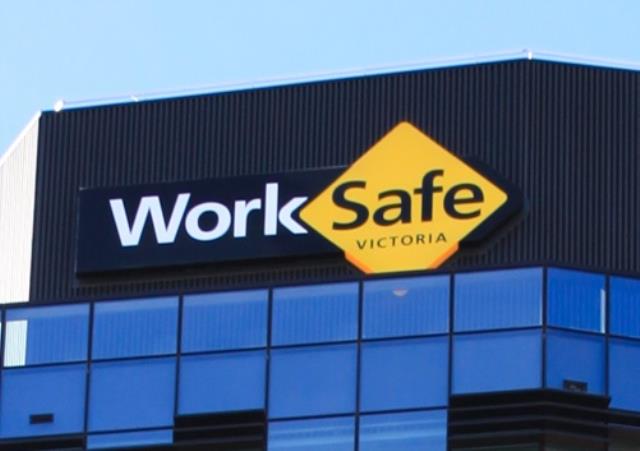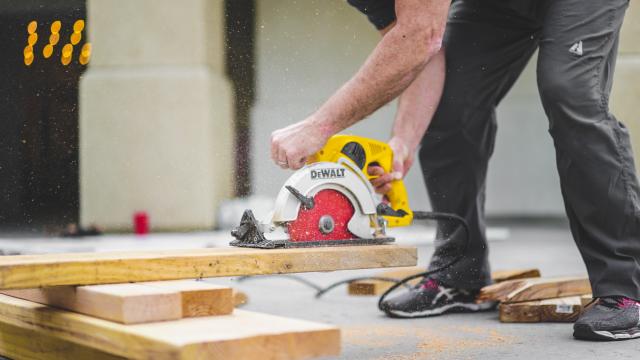Ambulance response times for critically ill Melton patients have dramatically increased since 2008, a report released this month reveals.
The Working With Paramedics To End The Ambulance Crisis interim report compared average response times in 2013-14 with those in 2008-09.
Only 58 per cent of code 1 calls were responded to within 15 minutes (the state government’s benchmark) in 2013-14, compared with 75 per cent in 2008-09. The average Melton response time increased from 12.32 minutes to 15.40 minutes in the past financial year.
The Ambulance Performance and Policy Consultative Committee, chaired by the Ambulance Services Minister Jill Hennessy, is seeking feedback on its proposed reforms from paramedics and the community, with final recommendations to be provided to the state government by the end of the year.
“Population growth, changing demographics, chronic illness and high community expectations are increasing the demand on health services including ambulance services,” the interim report states.
“This demand is expected to continue to grow as these factors become more pronounced.”
In the metropolitan region, the number of code 1 emergencies has increased by 6.4 per cent each year, with codes 2 and 3 calls increasing by 3.5 per cent.
The interim report states more work is required to “better understand the drivers of demand growth and the strong growth in
code 1 incidents relative to code 2 and code 3”.
Critically ill Melton patients were one of Melbourne’s worst serviced. In Nillumbik (north-east of the city), 47 per cent of code 1 calls received an ambulance within 15 minutes in 2014. In Cardinia (in the city’s east) and Melton, 58 per cent of Code 1’s were responded to in the same timeframe.
A former Melton paramedic who didn’t want to be named told Star Weekly that resourcing was a “huge” issue in the municipality.
“The number of resources covering a large population in a large geographical area is a problem,” the paramedic said.
“And there isn’t a local hospital for us to take patients to. We are commuting significant distances in our geographical area.
“If we get ramped up in hospitals or diverted, that means there are no ambulances in the area.”






